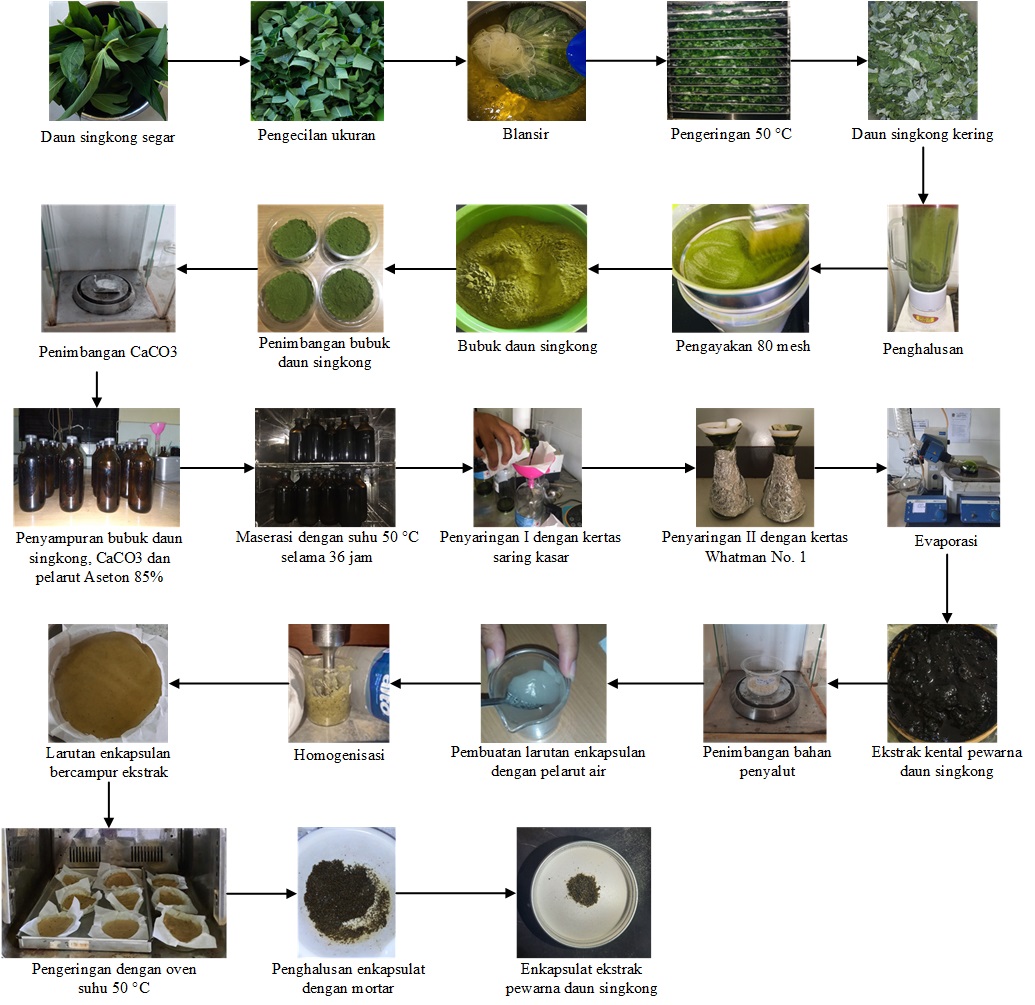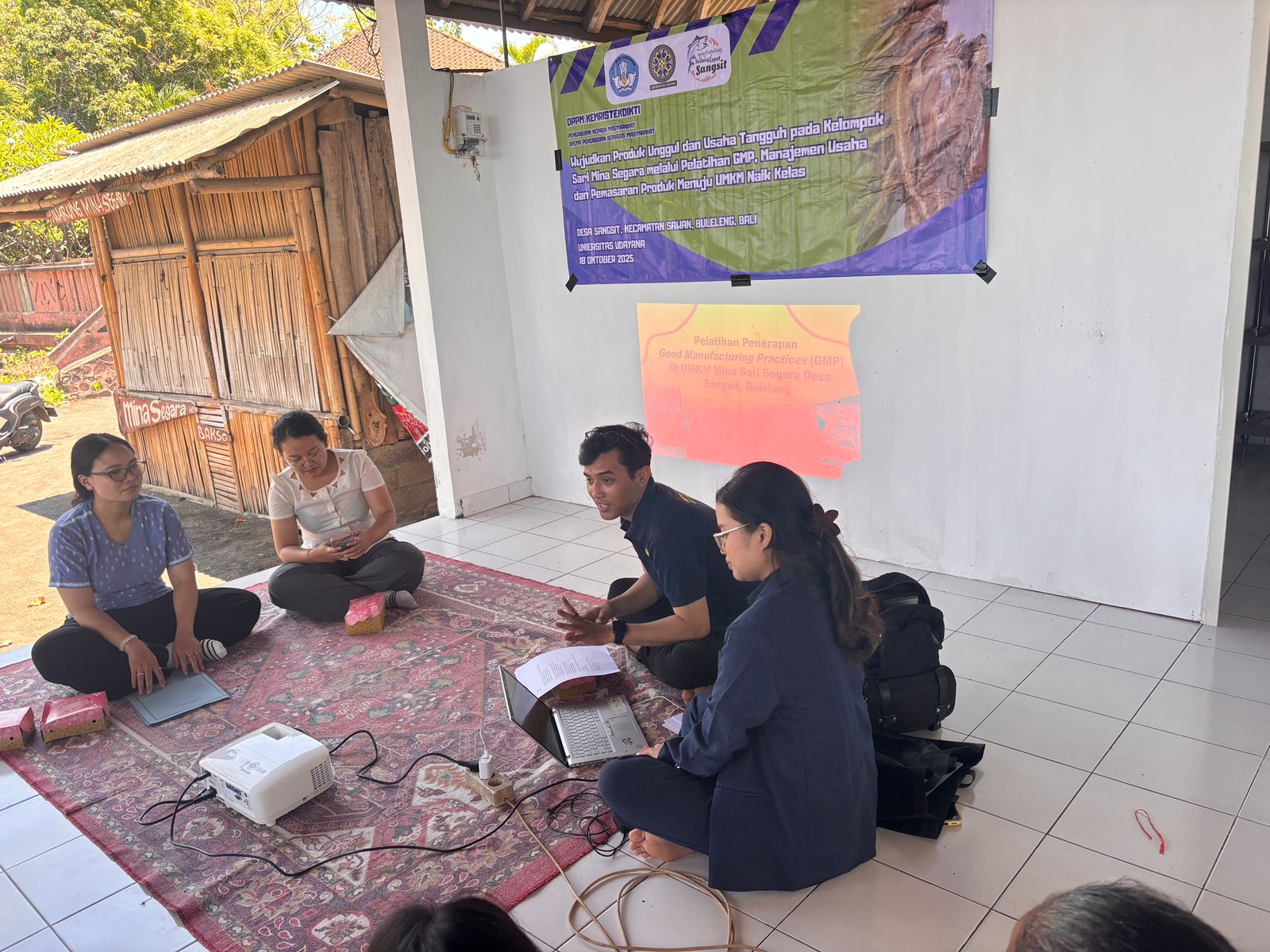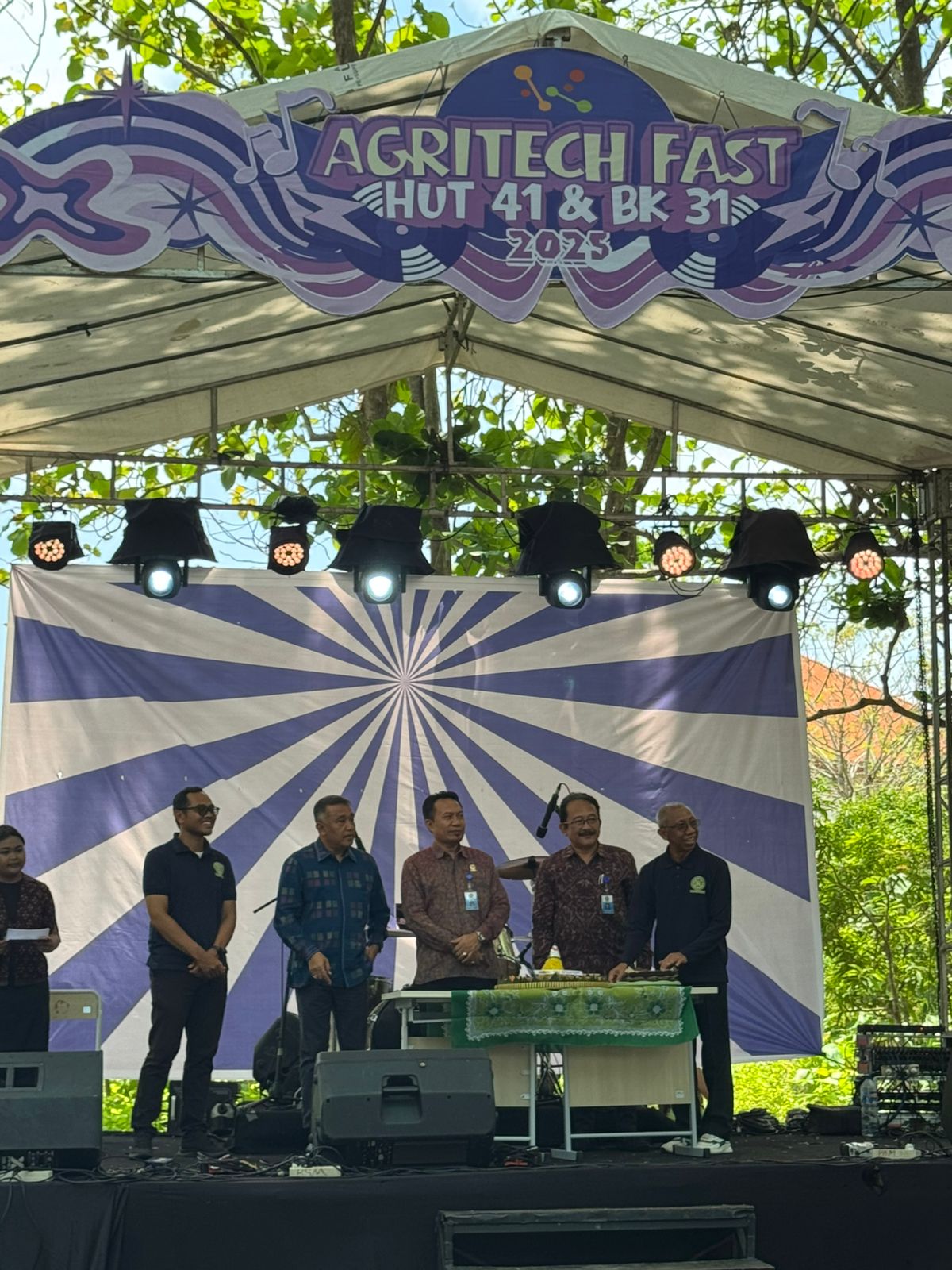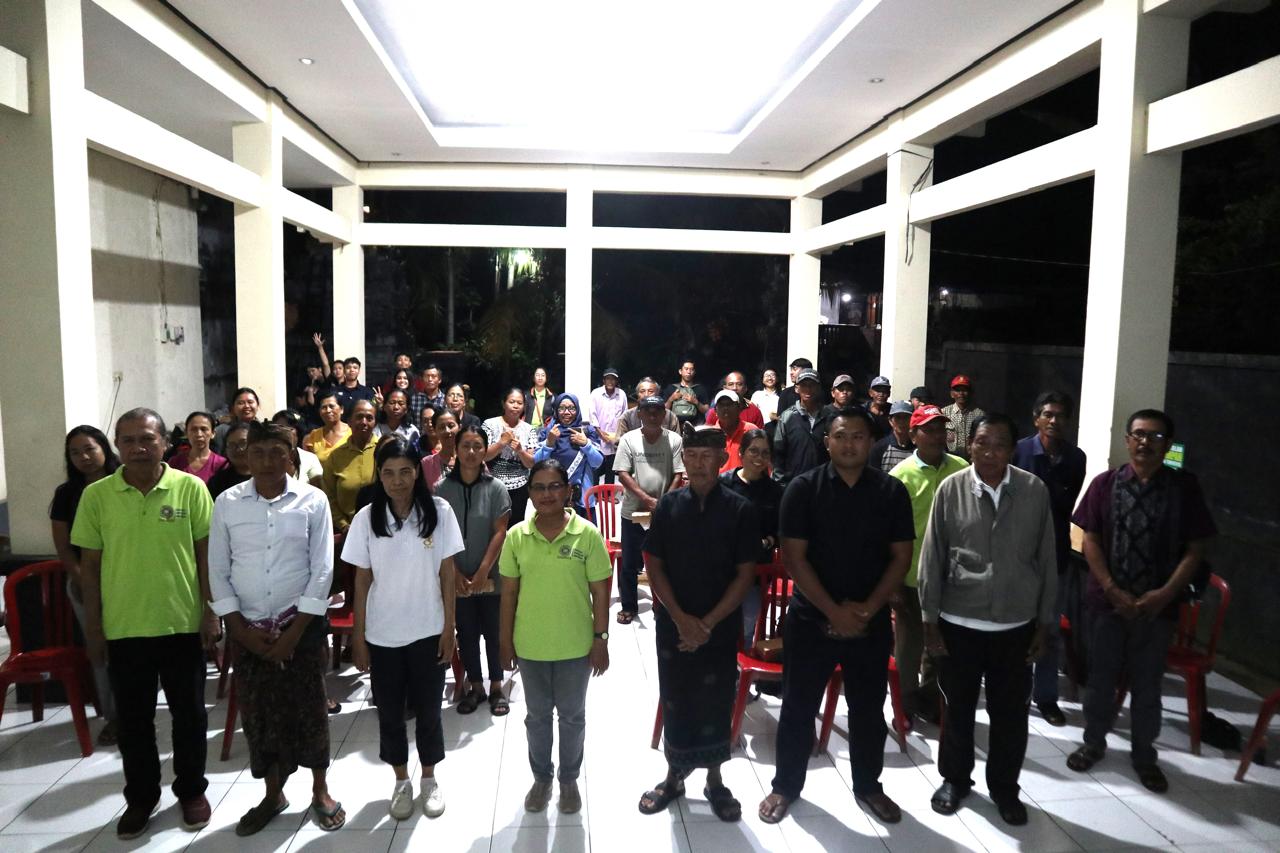Using Encapsulation Technique, Unud FTP TIP Study Program Students Research the Potential of Cassava Leaves as Natural Dyes
One of the students of
the Agroindustrial Technology Study Program, Made Ayu Dhava Vagisvari Giri
Putri, who is familiarly called Dhava, uses a careful encapsulation technique
for dyes from cassava leaves. This research was conducted by Dhava under the
guidance of Mrs. Dr. Ir. Ni Made Wartini, M. P. as 1st supervisor
and Dr. I Wayan Arnata, S. TP., M. Si as 2nd supervisor. This research
was able to lead him to get a Bachelor's Degree in Agricultural Technology
(S.TP.)
Encapsulation technique
is a method used to coat a core material with the aim of protecting sensitive
components from environmental influences. In a study conducted by Dhava using a
comparison of maltodextrin-carrageenan as an encapsulant to coat the core material,
namely cassava leaf extract which will be used as a natural dye. According to
the information provided by Dhava, cassava leaves have a high enough
chlorophyll content so that they have the potential to be a natural dye.
According to him, the research was conducted to determine the effect of the
maltodextrin-carrageenan ratio and the concentration of the encapsulant on the
characteristics of the cassava leaf dye encapsulate so that the best treatment
was obtained to produce the dye encapsulate from cassava leaf extract.
The stages of the
research carried out to obtain cassava leaf encapsulates that have the
potential to be used as natural dyes are that the cassava leaves are reduced in
size and then blanched, after that the cassava leaves are dried in an oven to
dry. The dried cassava leaves were mashed using a blender and reduced in size
with an 80 mesh sieve to obtain cassava leaf powder. Cassava leaf powder was
added with CaCO3 and dissolved with 85% acetone as a solvent and
extracted using the maceration method. After undergoing the extraction process,
the cassava leaves were filtered and continued with the encapsulation process
using an encapsulated comparison of maltodextrin and carrageenan to obtain an
encapsulated cassava leaf dye.
As a researcher, Dhava
reported that the dye encapsulated from cassava leaves has the potential to be
a natural dye and replace synthetic dyes. As previously stated, cassava leaves
have a high enough chlorophyll content, so they have the potential to be a
natural dye. The results showed that the encapsulated cassava leaf extract
contained a total chlorophyll of 11.17 ppm, where chlorophyll b was more
dominant with chlorophyll b content of 7.74 ppm while containing chlorophyll a
of 3.43 ppm. This natural dye of cassava leaves can be used as natural food
coloring.




UDAYANA UNIVERSITY